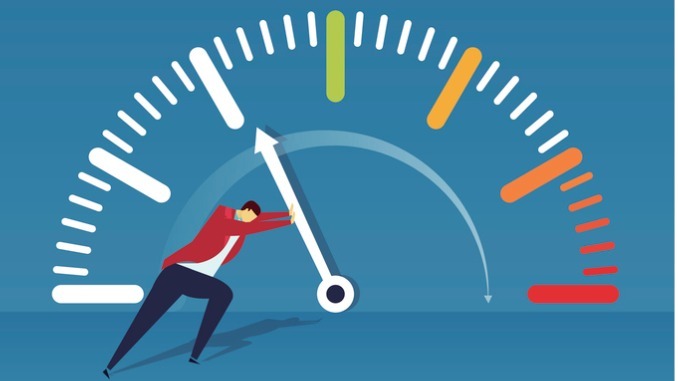
In the race to stay productive, we often focus on mastering the clock, but what if we told you that managing your energy is just as crucial? Think of it as finding the perfect playlist for your workday – you need to get the rhythm right
CREDIT: This is an edited version of an article that originally appeared on Acacia Learning
In our quest to boost and sustain productivity, we often place a strong emphasis on time management. While managing time effectively is essential, it’s equally important not to overlook energy management. In fact, both elements are vital for optimising performance and enhancing productivity.
Understanding the differences between time management and energy management can empower SBLs to attain more sustainable outcomes while reducing the risks of burnout, decreased productivity and poor decision-making. Moreover, this understanding can significantly contribute to safeguarding an individual’s overall well-being.
While time management is primarily concerned with how you allocate your time, energy management focuses on how you channel your energy. When combined, these two strategies provide a holistic approach to boosting productivity and ensuring long-term success.
Understanding Your Energy Reserves
Essentially, energy management encompasses different elements that contribute to maintaining your internal battery, ensuring you can perform at your best in all aspects of life. Think of energy management as a holistic approach to nurturing your physical, mental, and emotional well-being so that you can engage fully in your work and personal life. This includes things like diet, sleep patterns, activities and connections with others.
Getting Into the Rhythm
Recognising what energises you involves paying close attention to your natural rhythms throughout the day. Research from Harvard Business Review indicates that most employees experience their peak energy levels a few hours after beginning their workday. Following this initial surge, energy typically declines after lunch, around 3 PM. However, energy levels often rebound, reaching a second peak around 6 PM. By understanding these patterns, you can optimise your productivity and align your tasks with your natural energy fluctuations.
Be Strategic About Breaks
Incorporating strategic breaks into your daily routine is essential for maintaining energy levels and overall productivity. Prioritising adequate sleep is crucial, as well as taking regular breaks throughout the workday. Techniques like the Pomodoro Technique can be particularly effective for maintaining focus: work for 25 minutes, followed by a five-minute break and then repeat the cycle. Additionally, implementing practices such as taking rest breaks, stretching, engaging in deep breathing exercises and fostering social interactions can significantly enhance your energy management, helping you stay productive and focused throughout the day.



Be the first to comment